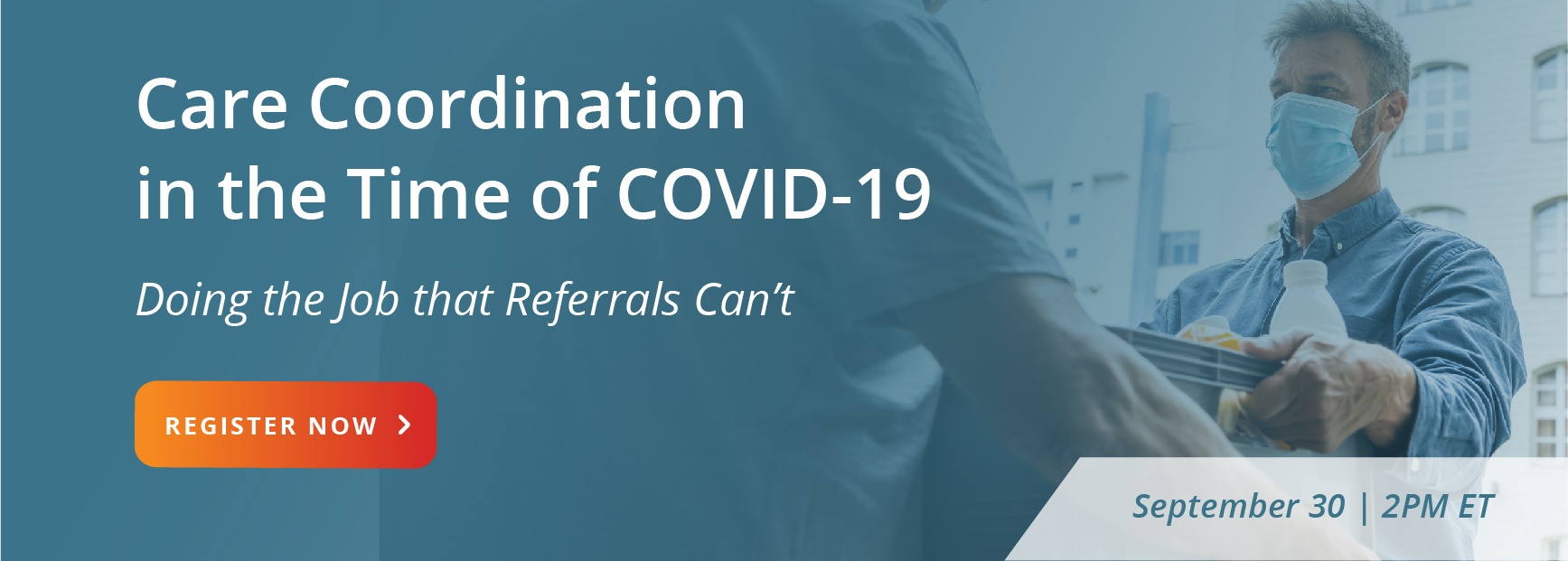Did you know that food insecurity is one of the most prevalent health issues America faces?
Amid the current pandemic, this issue is worsening exponentially. The consistent access to healthy food, also known as food security, has a significant influence on an individual’s overall health. Last year, food insecurity affected 35.2 million people, and due to the impact of COVID-19, that number is projected to rise to 54 million. The many factors that contribute to food insecurity make it a difficult problem to solve. Food insecurity is caused by factors such as poverty, housing stability, unemployment, and geographical location, among many others.
In Washington's King County, a lack of food was the second top reason residents sought social services assistance in the Spring of 2020. Food insecurity almost doubled in this region when social distancing efforts were implemented.

Source: Public Health - Seattle & King County
It’s important to emphasize that in addition to the lack of access to food, insufficient access to balanced, healthy meals directly impacts health as it causes and exacerbates chronic health conditions such as diabetes.
To combat food insecurity, action at the community, state, and federal level is necessary. The solutions also must be designed to be sustainable and impactful for each unique community. Currently, Supplemental Nutrition Assistance Program (SNAP) benefits are in place, and they are helping people in need; however, the program’s eligibility requirements still leave out many people who are food insecure. This is why eligibility requirements for SNAP need to be expanded more than ever before.
Understanding food insecurity and its relationship to other social needs
Transportation also impacts food security; during the program, those who need to self-quarantine could struggle to access food. These people, along with individuals who don’t have access to transportation, need referrals and support navigating home delivery or mobile distributions. Education is vital in not only providing people with resources but also on how to prepare healthy and balanced meals. Food pantries and food banks can partner with nutrition professionals to show people how to prepare healthy meals and what foods to prioritize in their diet. This has been shown to improve food security status and healthy cooking habits.
Feeding America is an organization that works to provide healthy and balanced foods to communities in need. They have adjusted their approach after the pandemic and have ramped up mobile food pantries, drive-through food distribution, and outdoor distribution to provide food to underserved areas.
There’s not only the issue of properly providing food to those in need, but also how to identify food insecurity and address it in households.The Hunger Vital Sign, a food insecurity screening tool, helps health clinics identify food-insecure patients by asking for a response to just two statements:
Within the past 12 months we worried whether our food would run out before we got money to buy more.
Within the past 12 months the food we bought just didn’t last and we didn’t have money to get more.
This tool is especially helpful as most patient visits have moved to telehealth and proper communication is more difficult with the lack of in-person interaction. With school starting up again, teachers should also be screening their students for food insecurity in their households. This is more important than ever as most employment and housing situations across homes are not guaranteed to be stable in this pandemic.
Taking action on food insecurity in America
With the 50% increase in the number of people needing food from food banks, communities have gotten creative with their approach to addressing the overwhelming need, combined with the challenge of social distancing. In LA, Altamed Health Services Corporation, in partnership with Children’s Hospital of Los Angeles, mailed grocery store gift cards to food insecure families around the community. Also in LA, Center for Care Innovations Partnered with Cedars Sinai to launch the Moving Clinics Upstream program to address patients’ transportation and food insecurity issues by encouraging clinics to work together to identify and address SDOH.
According to Feeding America, the organization provided 1.9 billion meals to those in need from March to June. However, there is still a projected 8 billion meal supply gap, and food banks are still in desperate need of donations and volunteers.
We must do our part and join the mission to end hunger. There is work to be done on the federal, state, and local levels, but you can also make a difference in your own community. Click here to find your local food bank where you can learn about how to donate your time by volunteering, or your money and extra food. It’s important to stay educated about this topic, advocate against hunger in America, and spread awareness. This map details food insecurity across the United States, and this map shows the projected impact of COVID-19 on food insecurity.
How can we improve care coordinators' ability to succeed in their job? In our next SDOH MasterClass, we'll explore the facilitators and barriers to successful care coordination during a global pandemic. Register here:
